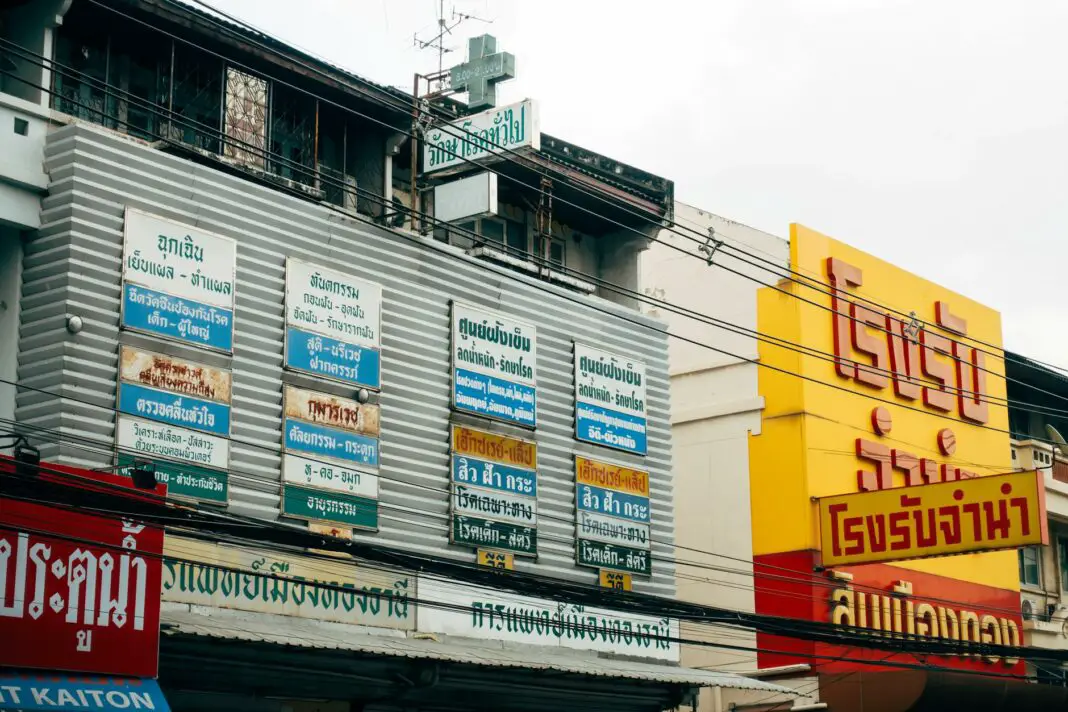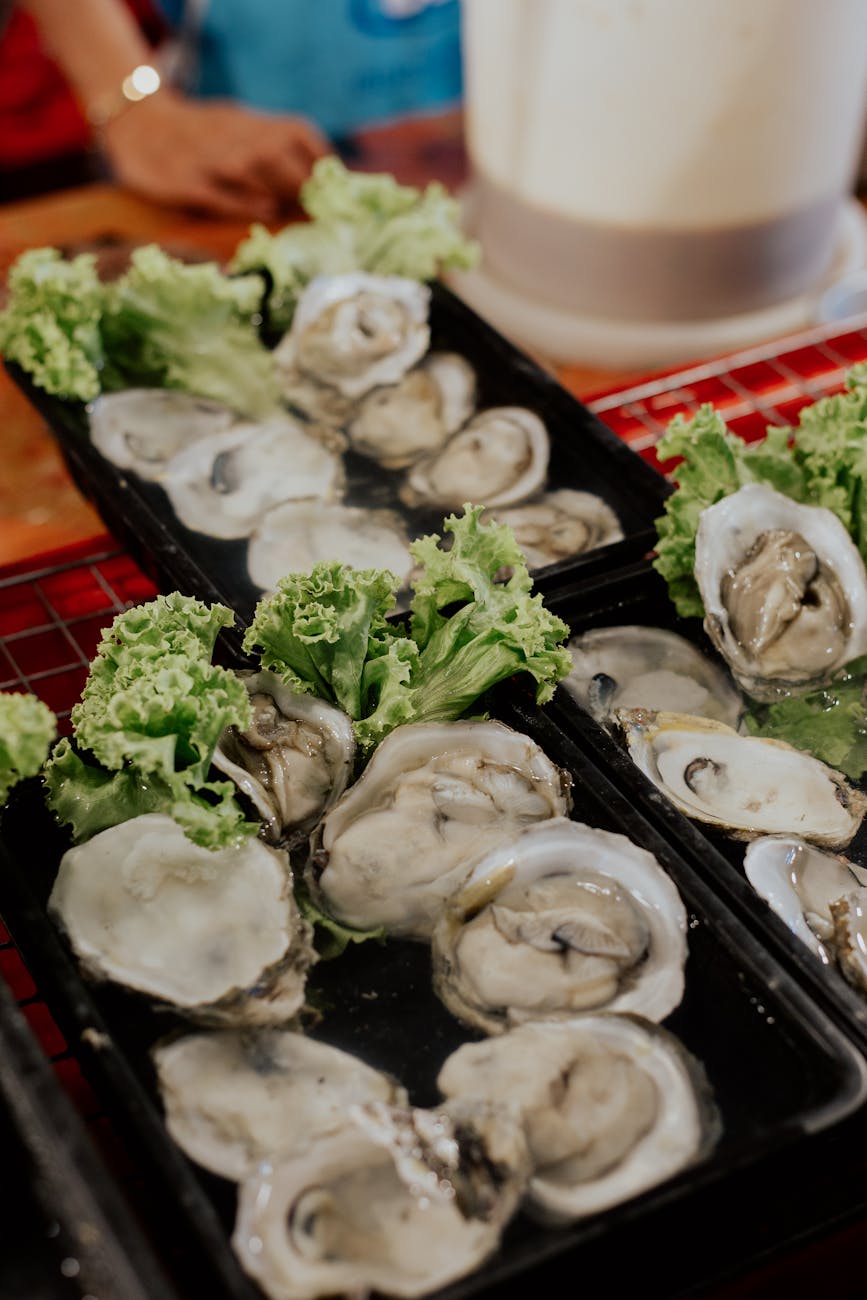Traveling to Thailand is an adventure filled with colorful cultures, breathtaking landscapes, and tantalizing flavors. Known for its stunning beaches, vibrant markets, and friendly locals, this Southeast Asian gem offers eco-tourists a unique blend of relaxation and exploration. One of the standout features of any Thai visit is undoubtedly the street food, an experience that seamlessly combines delicious flavors with local traditions. This blog post delves into the importance of this culinary adventure, especially for those passionate about sustainability and authentic cultural experiences.
Diving into Thailand’s street food not only satisfies your taste buds but also supports local economies and promotes sustainable tourism, making it an essential activity for eco-conscious travelers. As we explore the various aspects of this delightful journey, you’ll discover why tasting street food is a must-try experience when you visit Thailand. Find out how these flavors tell the story of the country’s rich culture and how you can dive into this vibrant scene responsibly. Let’s embark on this exciting adventure!
Table of Contents
- Why Explore Thailand’s Street Food
- Ecological Impact of Street Food
- Must-Try Dishes for Eco-Tourists
- Practical Tips for Enjoying Street Food
- The Social Experience of Street Food
- Final Thoughts on Your Culinary Adventure
- FAQs
Why Explore Thailand’s Street Food
Experiencing street food in Thailand serves as a gateway to understanding the local culture and culinary heritage. The bustling street stalls offer dishes that represent the country’s diverse regions, showcasing the rich nuances of flavors, spices, and cooking techniques. Each recipe is steeped in history, reflecting the traditions and passion of the Thai people. Moreover, the sheer accessibility and affordability of street food allow travelers to try a plethora of dishes without straining their budget.
Moreover, indulging in street food creates memorable interactions with locals, fostering a sense of community among travelers and vendors alike. Witnessing the artistry involved in preparing these meals enhances your appreciation for Thai cuisine. As you savor each bite, you’ll uncover tales of family recipes passed down through generations, transforming a simple meal into a heartwarming experience. This connection to the culture makes enjoying street food not just a culinary delight but an essential journey into the heart of Thailand.
Ecological Impact of Street Food
One of the most significant aspects of engaging with Thailand’s street food scene is the positive ecological impact it can have on local communities. Street food vendors typically source their ingredients from local markets, which reduces transportation emissions and supports sustainable agricultural practices. By purchasing from these small businesses, you contribute to a system that prioritizes local and seasonal foods, which is better for the environment.
Additionally, Thai street food often incorporates plant-based dishes and fresh produce, providing eco-tourists with a delicious opportunity to enjoy a sustainable diet. It encourages culinary diversity while promoting health and wellness. The emphasis on using natural ingredients in street stalls can inspire travelers to explore similar options upon returning home. Thus, indulging in Thailand’s culinary treasures fosters awareness about sustainable eating practices and highlights how delicious it can be.
Must-Try Dishes for Eco-Tourists
When you explore Thailand, certain dishes stand as a must-try not just for their flavor, but also for their cultural significance. Start with Pad Thai, a beloved noodle dish that combines the richness of tamarind with vibrant vegetables, showcasing Thai culinary excellence. Another iconic option is Som Tum, or green papaya salad, embodying a perfect balance between spicy, sweet, and savory elements. This dish, made with fresh ingredients, captures the essence of Thai street food.
For those looking to explore vegan-friendly options, look no further than the endless variety of curries available at street-side vendors, such as Massaman or Pumpkin Curry. Each dish tells a story, resonating deep within Thai culture and culinary traditions. While indulging in these meals, you become part of an ongoing narrative that connects the past and present, making every bite a tapestry of flavors, history, and creativity.
Practical Tips for Enjoying Street Food
Engaging with street food in Thailand requires some insights for a delightful experience. Firstly, always choose stalls that are busy; a long line often indicates freshness and quality. Observe the cooking process for cleanliness; high standards typically ensure safety. It’s also a good idea to carry small bills to make transactions easier, as many vendors may not offer change for larger notes.
Moreover, don’t hesitate to ask vendors about their dishes. A friendly inquiry can lead to recommendations or even a tasting of something new. Embracing local customs and flavors enhances your experience significantly. Ultimately, being open-minded and curious about the food and its preparation will amplify your culinary adventure, making your journey through Thailand rich in flavor and insight.
The Social Experience of Street Food
Street food is not just about the culinary experience; it’s a vibrant social scene where locals and tourists converge, sharing stories over food. Families gather at stalls chow down on meals, and friends create memories over delicious treats, all the while fostering camaraderie and connection. This lively atmosphere allows visitors to witness authentic Thai life, a refreshing contrast to more structured dining settings.
Each interaction at food stalls forms relationships that transcend cultures, as people bond over shared meals. Engaging with vendors provides insight into daily life in Thailand, view local customs up-close, and learn about genuine Thai hospitality. By participating in this communal eating style, your travel experience transforms into an engaging adventure filled with delightful discoveries and friendships. This social dynamic not only enriches your travel but also nourishes your spirit, creating lasting impressions of Thailand.
Embark on Your Culinary Journey Through Thailand
In wrapping up your culinary journey through Thailand, embracing the street food culture proves essential for any eco-tourist. As you taste your way through this vibrant country, you not only indulge in exquisite flavors but also support sustainable and responsible tourism. Each meal offers a slice of history, a piece of art, and an experience woven into the rich tapestry of Thai culture. The stories behind these dishes connect you to the heart of the community, making every bite a meaningful encounter.
This adventure invites you to dive deeper into the local lifestyle and discover the joy found in simplicity. Dining on the streets of Thailand is inviting you to relive age-old customs while meeting incredible people. As you embark on this flavorful exploration, let your curiosity guide you. Be adventurous, open-minded, and ready to appreciate all that Thailand has to offer. It is a journey you surely won’t forget, filled with flavors that will linger in your memory for years to come!
FAQs
- What are the best street food areas in Thailand? Bangkok’s Chinatown, the night markets in Chiang Mai, and the streets of Phuket are renowned for their vibrant street food scenes.
- Is street food safe to eat in Thailand? Generally, street food is safe if you observe busy stalls and fresh cooking practices. Always trust your instincts and choose cleaner-looking vendors.
- Can I find vegetarian options in Thai street food? Yes, many street vendors offer vegetarian and vegan dishes, such as fresh salads, curries, and stir-fried options.
- When is the best time to try street food in Thailand? Early evenings, especially from 6 PM to 10 PM, are peak times for street food, as vendors prepare for hungry diners.
- How can I support local communities through street food? Choose local vendors, encourage sustainable practices by opting for eco-friendly packaging, and engage with vendors to learn more about their stories.
Image Credit: Pexels





